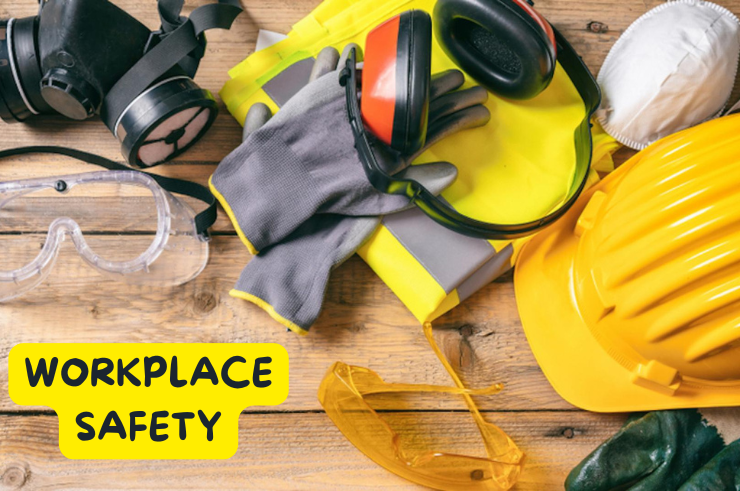
Every business has safety risks that could impact employees if not managed efficiently. These types of safety risks fall under the term occupational safety.
Occupational safety deals with all aspects of physical, mental and social health and safety in a workplace. It is the umbrella for company’s efforts to prevent injuries and hazards in all work environments.
Every industry presents various kinds of safety hazards to its employees. The spectrum of possible occupational safety risks ranges from severe and immediate physical dangers to milder hazards. The more immediate cases can be fires, explosions, chemical hazards or other such dangers that present an immediate threat to an employee’s life. Milder hazards include challenges in ergonomics, workloads, mental capacity and general well-being of employees.
The latter kinds of risks often take place in an office environment. However, whatever business you are in, there is always the possibility of an accident happening to someone.
For an audit on your businesses workplace health and safety get in touch with us today.
The biggest and non-measurable cost of a safety failure might be of the personal kind. A lost limb or years of mental rehabilitation can force an individual to adopt a completely new lifestyle and even self-identity. It’s hard to define how to put a price tag on those types of incidents. Fatal injuries, where people actually get killed at completing their tasks, are also unquestionably beyond what we can economically quantify. Besides the one being killed, there are several other direct stakeholders such as family and friends, coworkers and other parties that suffer from it.
These accidents also directly impact the company’s bottom line. An injured employee easily means countless lost man hours and quickly adds up to not billions but trillions of dollars in company’s expenses. In the US the costs of non-fatal injuries and occupational diseases account for more than estimated $450B. Similarly, fatal injuries in the US for 2019 are estimated to be over $171B. From a company’s perspective, the expenses incurred are not only costs associated with lost productivity, but also medical and increasing insurance costs.
Another big loss for a company that’s not normally factored into the costs is decreased work morale and employee retention. People want to feel safe. It comes as no surprise if employees’ work morale decreases or workers leave the business after seeing, for instance, a coworker injured or killed due to inadequate safety measures.
Companies of all forms and from all fields should really take a look at their occupational safety, adapting and learning from failure is crucial.
All the previously mentioned reasons are enough to drive a possible change needed at a workplace. We are also living in an era when anyone can update their social media profiles of bad management experiences or post a review of the company in a negative light.
No company should want a possible future recruit to read online that the workplace has a poor safety record or is not investing in occupational safety. In that scenario it might lead to a situation where the HR department receives less and fewer applications from good candidates.
It is evident that even the smallest acts of not taking care of employees’ health and safety are a huge concern for companies both big and small. But the concern should not initially come from complaints in social media or recruitment sites. Willingness and interest to invest in occupational safety should strive from a sincere interest in employees’ safety and health and therefore also company’s productivity and growth. This again can be turned into a huge asset in improving employee retention and hiring the best people.